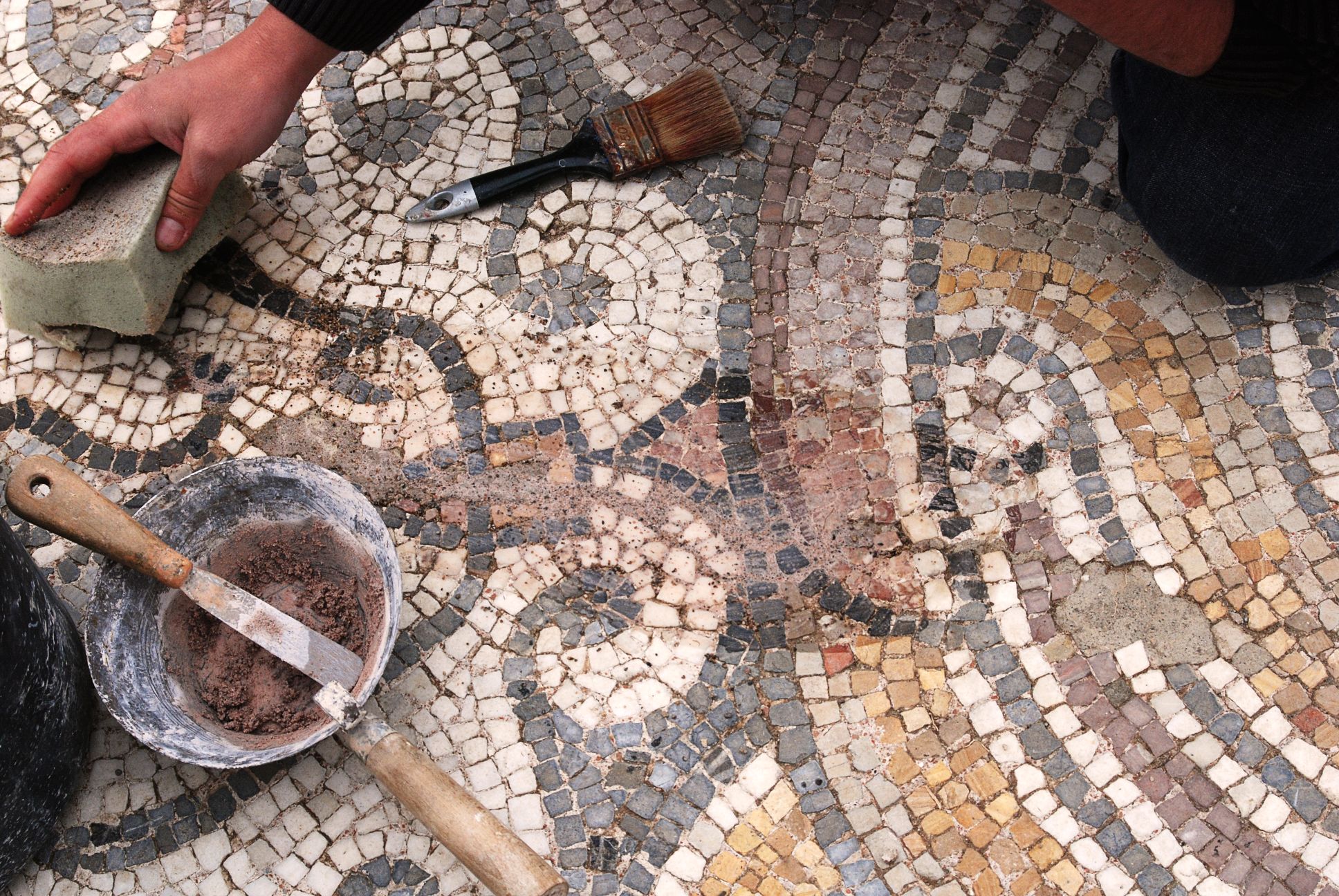Do It Yourself Tips For Installing Wall Tiles
Following these do it yourself tips for installing wall tiles will provide you with a beautiful, long lasting wall that is astoundingly easy to keep clean and maintain. Wall tiles can be installed almost anywhere in your home. The most obvious places, of course, are in the kitchen and in the bathroom as backsplashes and countertops. Wall tiles can add color and flair, especially when used creatively to make attractive and unique designs.
Although some people believe that wall tile installation is difficult, it really isn't. Actually, any do it yourselfer can install wall tiles if they just take the time to learn the process and study some do it yourself tips for installing wall tiles.
Once you have a basic understanding of the process, you will need to assemble the following tools and materials for the project.
- Ceramic tiles
- Green drywall or cement board
- Galvanized cement board screws
- Level
- Pencil
- Fiberglass tape
- Notched trowel
- Tile adhesive
- Tile nippers
- Tile cutter (this can be rented)
- Grout
- Sponge
- Rubber Float
- Silicone caulk
- Utility knife
- Buckets of clear water
Some Notes About Ceramic Tiles
Ceramic tiles are available in many sizes, ranging from 1 square inch (sold in sheets of 12 inches by 12 inches) up to 18 inches. There is also a wide range of colors for creating unique wall tile designs. You can combine the colors and sizes to create attractive wall tile designs that will enhance the look of your room and allow you to express your own personal taste.
Interestingly, not all ceramic tiles are water resistant. Some ceramic tiles are "non-vitreous" which means that they will absorb water. Non-vitreous tiles should only be used in areas where they will not come in contact with water, making them an inappropriate tile for bathroom and kitchen applications. Instead, look for semi-vitreous or impervious tiles that will resist water for these uses.
Wall Preparation
Ceramic wall tile installation has to be done on plaster or drywall. In wet areas, "green" drywall and cement backer are better options. Green drywall is designed specifically for bathroom use. Working with green drywall is the same as working with regular drywall, but green drywall is specifically made to be moisture resistant. It can be used in bathrooms, kitchens, or any area that can get moist, but it should not be exposed directly to water. Cement backer board is constructed of Portland cement and fiberglass mesh, and is moisture resistant. Cement backer is best behind tile for bathroom projects, shower projects, and as a backsplash close to a sink.
Laying Out Patterns
Always start in the center and work out from there. Use the level to find the center of your work area and mark reference lines with a pencil. When applying tile adhesive, do not cover the reference lines - you want to be able to see what you are doing. Use spacers on all four sides of each tile for consistent grout lines. Use the tile nippers to cut irregular shapes to fit around obstructions. Let the tile adhesive dry overnight, and then apply grout. Remove the spacers, and apply the grout at a 45 degree angle, working with 3 square feet at a time. Use a wet sponge and clear water to wipe away excess grout.
Some Final Tips
These final do it yourself tips for installing wall tiles will give your project a professional finish. Let the grout dry for thirty minutes, and then buff away the haze with a soft dry cloth. Use the same process again after the grout has had a day to dry further. In bathrooms and kitchens, use a silicon caulk that is mildew resistant to seal the tile edges where they meet the counter, sink, or tub.
Category: Tile Restoration
Business News
Popular Posts
- Universal Pursuit of Happiness - Wisdom from World Religions
- Overcoming Ego and Self-Centeredness - Lessons from World Religions
- Transcending Materialism - Spiritual Practices from World Religions
- Overcoming Prejudice and Intolerance - Guidance from Global Faiths
- How Mind Balance Can Improve the Mindsets of Employees
- Interfaith Insights by 1WorldPeace - The Top 100 Universal Beliefs in Global Spirituality
- Bridging Beliefs - Finding Common Ground in Love and Respect
- The SmartGuy Vision - A United Future Through Interfaith Love and Respect
- A Cautionary Vision - The Grim Future of a Divided World Without Love and Balance
- A Tapestry of Faiths - Exploring the Common Threads in World Religions
- Fostering Harmony Among Christianity Islam Buddhism Hinduism and Judaism
- Preparing Kids for Adulthood - 15 Vital Skills They Wont Learn in School
- Navigating Diversity - Jerusalem's Tactical Approach to Interfaith Harmony
- Clearing Mental Plaque: The Path to Enhanced Communication and Divine Connection
- Why Return to Jesus Christ and the Church
- Top 50 Ways to Live Longer
- Adventurous Romance -The Key to Enhancing Relationship Chemistry
- Pork Tenderloin with Mustard Cream Sauce
- Navigating Technology and Media for Optimal Mental Well-Being
- Understanding the Link Between Mental Health and Substance Abuse
